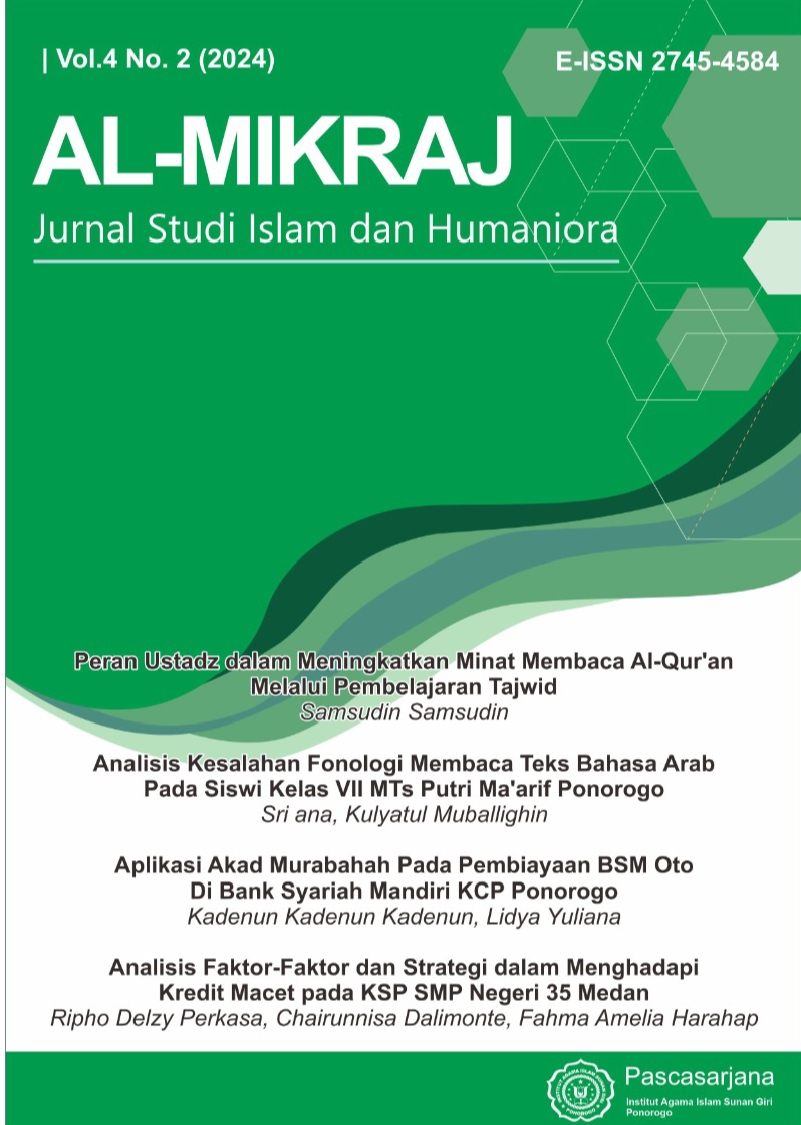Implementasi Kebijakan Keselamatan Dan Kesehatan Kerja di PT. Agritama Sinergi Inovasi (Agavi ) Bandung
DOI:
https://doi.org/10.37680/almikraj.v4i02.5324Keywords:
Occupational Health Policy, PT. Agritama Innovation Synergy, Safety PolicyAbstract
This research discusses the Implementation of Occupational Safety and Health Policy (K3) at PT. Agritama Synergy Innovation (AGAVI) Bandung based on the Republic of Indonesia Minister of Manpower Regulation No. 26 2014 concerning Occupational Safety and Health Management Systems (SMK3) and PP No. 50 of 2012 concerning Occupational Safety and Health Management Systems (SMK3). This qualitative research uses data collection techniques through Participant Observation, Structured Interviews, and Documentation, with primary data from questionnaires and secondary data from company documents and related literature. Data analysis was carried out using the Interactive Model technique. The research results show that K3 implementation communication has run smoothly, responsibility and authority are carried out appropriately; in-depth review and evaluation regarding K3 implementation; involvement and consultation with workers/labourers has gone well; as well as policy documentation strategies uploaded on PT's social media. AGAVI. Resources are adequate; the skills that employees must have are appropriate to the established line of command; QHSE managers have the authority to prepare facilities to support K3 implementation. The disposition of PT Agritama Sinergi Innovation is quite good; monitoring of the work environment is adequate; the inspection, measurement and testing process is good enough; regular monitoring of worker health; reporting process and improvement of K3 implementation. The bureaucratic structure is appropriate and on target; The success of implemented internal and external audits is also influenced by the commitment and willingness of all parties.





